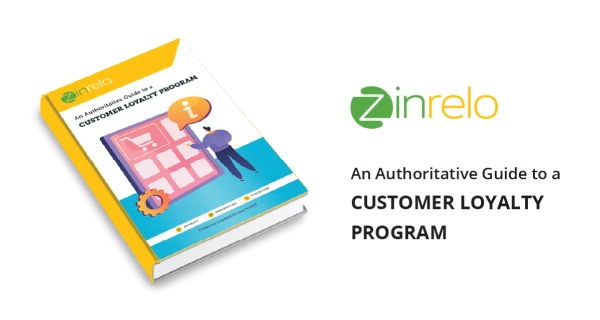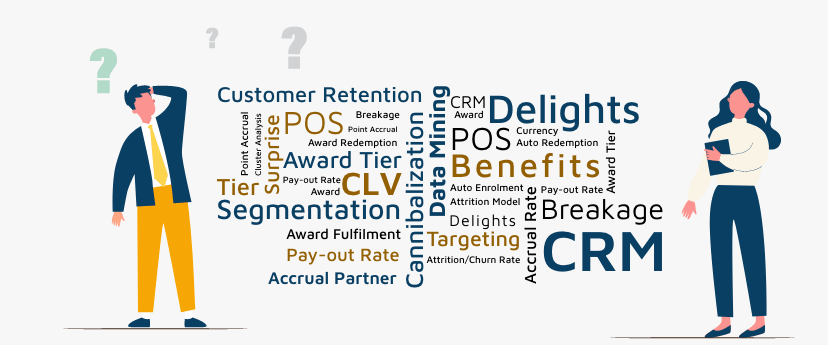Customer loyalty programs were implemented only by retailers in the past. Over the years, the demands of customers across other verticals have forced loyalty program vendors to tailor their offerings to suit these differing needs. This evolution of customer loyalty solutions has helped companies build a competitive advantage. Today, a customer loyalty program is an integral part of a company’s strategy.
If a company does not implement a customer loyalty program, they risk getting left behind. Also, if a loyalty program is not structured properly it is likely to end up a liability rather than an asset. It is thus imperative that each company optimally structure their program, contextual to the unique needs of their business. It may seem like a daunting task to implement a loyalty rewards solution and get it right the first time. Easier said than done, right?! WRONG! Zinrelo’s guide will address every aspect of setting up a customer rewards program.
To understand the nuances of a loyalty program, it is important to understand all the elements, starting with the tenets of customer loyalty. We will break this down in four parts:
- Introduction to customer loyalty
- Setting a customer loyalty program
- Managing a customer rewards program
- Evaluating the impact of a customer rewards program
INTRODUCTION TO CUSTOMER LOYALTY
Why is customer loyalty important?
Revenue Impact: The Pareto Principle when applied to marketing, states that 20% of repeat customers are responsible for 80% of the sales; and this is true for most businesses. Thus, even a slight increase in the percentage of repeat customers will lead to an exponential growth in revenues.
Profitability Impact: Harvard Business Review estimates that just a 5% increase in customer retention boosts profitability by 50%. Again, a minor increase in the customer retention can yield a dramatic increase in the profitability.
Acquisition Costs vs. Retention Costs: As per reports, acquiring new customers is 7x more expensive than retaining these same customers; and the AOV increases with each incremental repeat purchase.
In short, loyal customers help increase revenues & profitability, thus making it a very leveraged investment.
Increasing your customer base is important but a company’s primary focus should always be on retaining the loyalty of existing customers.
Why think of a customer loyalty program?
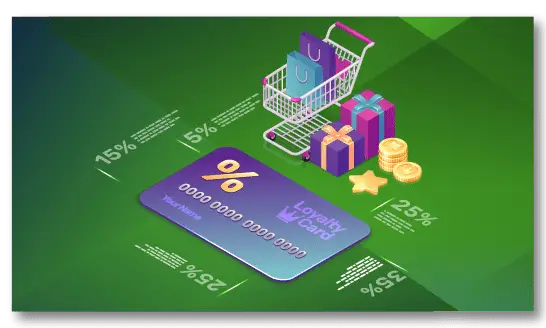
With the importance of customer loyalty established, let us now understand how a customer loyalty program can help.
Businesses usually offer discounts to stay competitive and retain customers. This prompts customers to be opportunistic towards discounts. This transactional loyalty does not inspire true loyalty, nor does it help to engage customers. Moreover, these discounts hurt profit margins. A well-designed customer loyalty program can address this problem by focusing on loyalty & points-based promotions instead.
Customer engagement is just the first of many reasons to implement a customer loyalty program. To keep customers engaged with the brand, businesses need to strategize their marketing campaigns to be relevant to each customer. Customer loyalty and retention software offerings have evolved into becoming an integral part of the marketing mix. The best customer loyalty program software can create multiple customer segments based on various attributes, and effectively address multiple aspects of the relationship between a business and its customers. Read more…
Touch points of 360-degree loyalty program
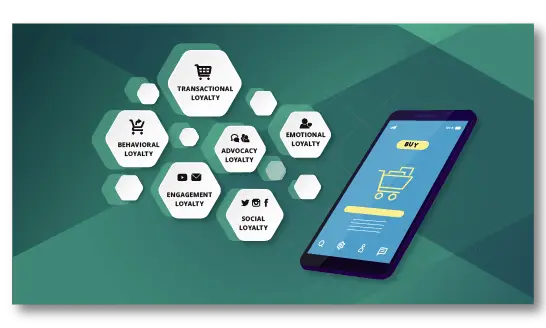
Customers do not just chase prices while considering a brand but look at the complete user experience on offer. The best customer loyalty program software allows businesses to engage customers on multiple levels and provide a holistic user experience. A loyalty program software should encompass a 360-degree loyalty engine that rewards the customers for multi-dimensional engagement with the brand. Transactional loyalty is just the tip of the iceberg. Read more…
How can a loyalty program reduce discounting?
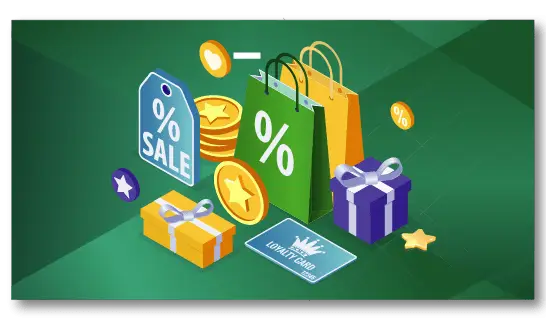
We have discussed how a loyalty program can enable business growth. The aim of a customer rewards program is to engage customers through a gamification process: multiple points earning activities and attractive points redemption rewards. This ability to earn loyalty points with each purchase creates a hook for not just the ongoing purchase, but the subsequent one as well. Therein lies the huge difference. Thus, customer rewards program can significantly reduce discounting. Learn more…
How to make loyalty programs succeed?
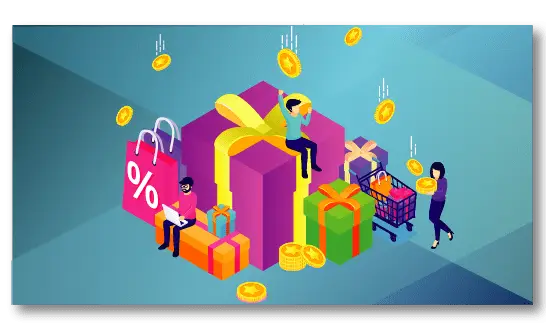
We have talked about the importance of a customer loyalty program, and how it can structure business growth.
Before you make haste to get a loyalty program for your own company, please understand certain pitfalls you must avoid. If the customer loyalty program cannot increase the customer retention or loyalty (or improves just marginally) then it would be a colossal waste and it can add liability to your business.
Not only will the desired goal not be achieved, but the expenses and other resources spent on the customer rewards program will become a sunk cost. Customer loyalty programs can be made successful by avoiding certain pitfalls. Learn more…

AN AUTHORITATIVE GUIDE TO A
CUSTOMER LOYALTY PROGRAM
SETTING UP A CUSTOMER LOYALTY PROGRAM
Terminology in loyalty programs
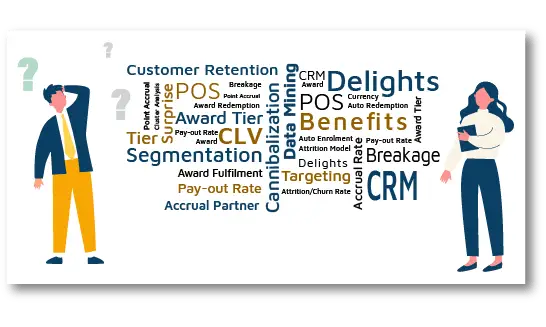
To understand the nuances of a loyalty program, it is important to understand all the elements starting with the specific terms used in such customer loyalty programs. While some terms are self-explanatory, some others can be quite confusing. Understanding these helps while structuring and managing the program. We have covered all the important ones here.
How to arrive at the program design?
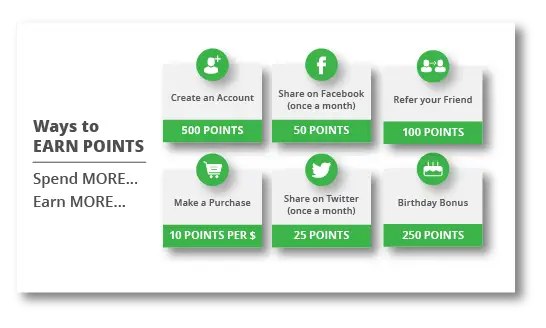
Simply implementing a loyalty program does not guarantee instant success. We have covered this briefly in our previous article. While it is easy to understand the ‘whys’ answering the ‘how’ can be challenging. People will wonder ‘How many points should be awarded for purchases?’. Which activities can earn loyalty points or which rewards to be offered? This is what differentiates the best loyalty program vendors from the rest. With a thorough analysis of past data, an optimum structure can be achieved very easily. Learn more…
Why an omni-channel strategy matters for customer loyalty programs?
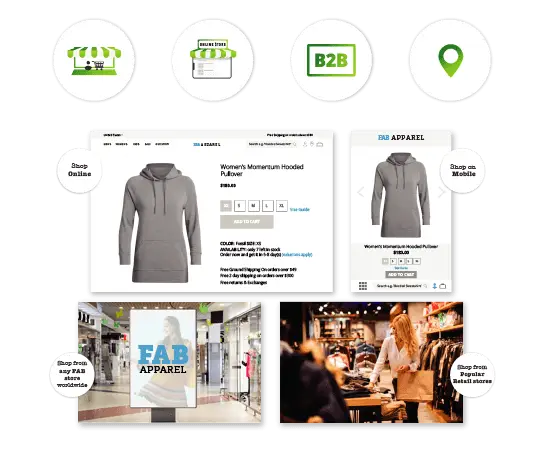
Traditionally, businesses implemented customer loyalty programs either offline or online depending on how they operated. With passage of time businesses have started operating across many platforms. Rather than exclude a segment of business from the loyalty program, omni-channel loyalty marketing allows you to give the same seamless experience the customer has come to expect from your business. Such a hybrid approach combines the best of both worlds. Learn more…
A critical point while setting up a rewards program, is that a one-size-fits-all approach will never work. The mark of a good customer loyalty program software is the flexibility it offers to optimize for specific use cases. The features and functionalities will be common but the way these are implemented will mean the difference between success and failure. How one arrives at the optimum program design will vastly differ for retail loyalty programs as compared to B2B loyalty programs. It is important to launch a customer loyalty program tailored for your specific industry and business objectives.
How to name and brand your loyalty program?
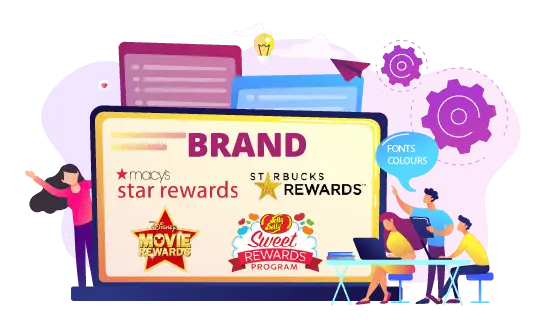
Once you are clear about the program structure, the next step in setting up your customer loyalty program is to name and brand it appropriately. The name of the program and how it is represented creates the first impression, and hence becomes just as crucial to the loyalty program structure. Like any other branding exercise, the logo, colors, branding etc. of the loyalty program should be attractive and relate to your brand tone.
But more importantly, the customer loyalty program needs to have a name which can form an emotional connect, resonate with customers, and project exclusivity. Learn more…
How to design membership tiers in your loyalty program?
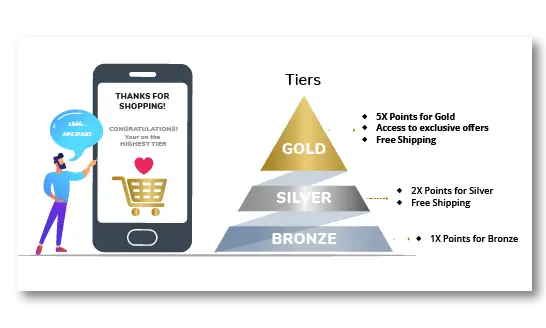
Tiered rewards programs is one of the critical differences between a good loyalty and a great loyalty program. Customers look forward to the exclusive benefits associated with higher tiers. Moreover, these higher tiers provide a sense of exclusivity. For the business, tiers add a gamification element to influence buying behavior. There are many doubts that arise while creating tiers, first of which is ‘How many tiers should we have?’. To answer this and derive insights on how to structure your enterprise reward tiers, check this article.
